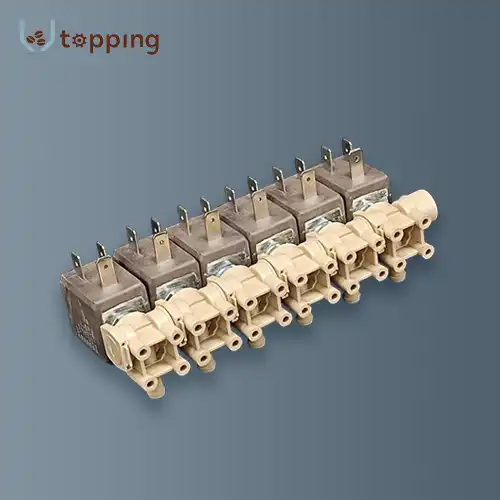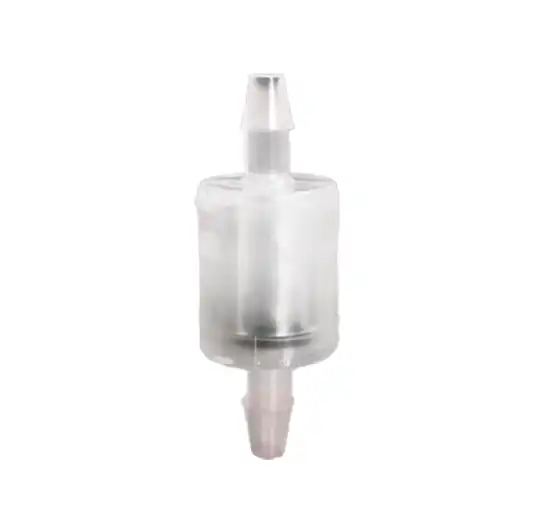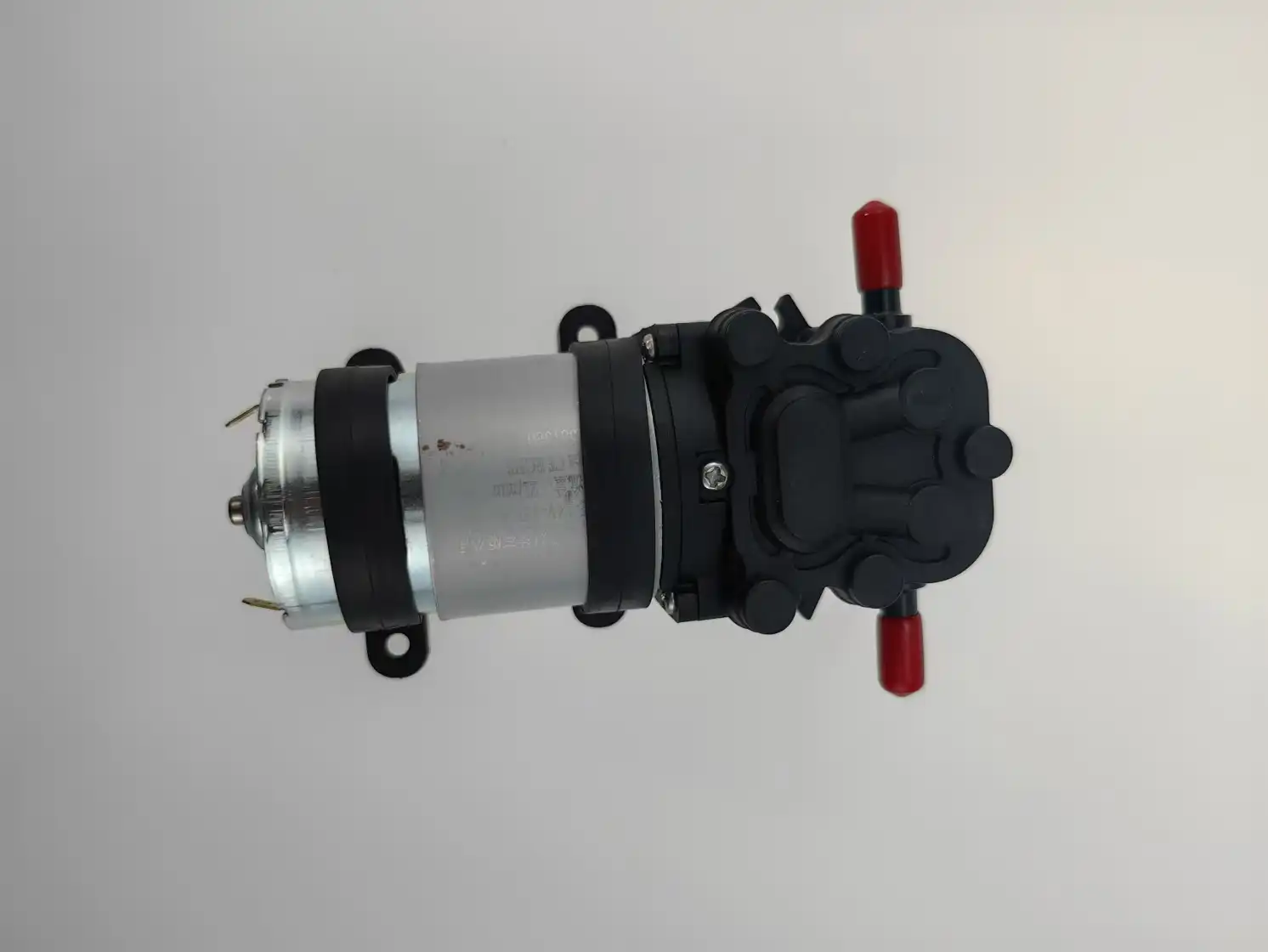Are Coffee Grinder Motors Waterproof or Water-Resistant?
2024-08-26 10:15:47
Coffee Grinder Motor are fundamental apparatuses in numerous kitchens, guaranteeing that espresso darlings can appreciate newly ground beans for their everyday blend. The motors of these grinders are important because of how long they last and how safe they are, especially when exposed to water. In this blog entry, we investigate whether espresso processor engines are waterproof or water-safe, digging into what these terms mean and how they apply to these machines.
The motors of coffee grinders are crucial to maintaining the freshness and quality of ground coffee. However, they may be vulnerable to short circuits, corrosion, and malfunction when in contact with water. Customers who want to make well-informed purchases and use decisions need to know whether these motors are waterproof or water-resistant.
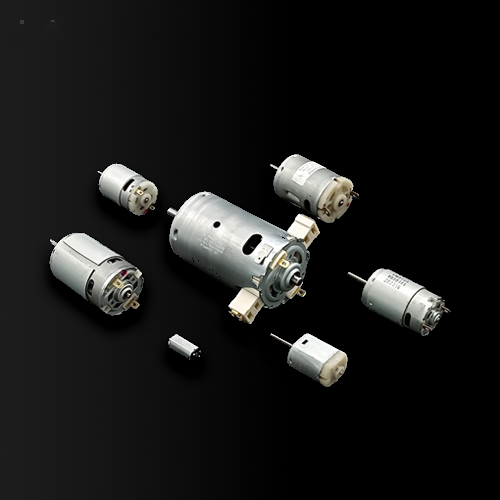
How Vulnerable Are Coffee Grinder Motors to Water Damage?
Coffee grinder motors, though not typically submerged in water during regular use, are still susceptible to moisture exposure. This susceptibility arises primarily from accidental spills or cleaning procedures. Manufacturers often design these motors with varying degrees of protection against water, commonly referred to as water resistance.
To delve deeper into this topic, it's crucial to understand what water resistance means in the context of electrical motors. Water-resistant coffee grinder motors are equipped with seals, coatings, or materials that inhibit water penetration to some extent. These measures aim to protect internal components such as coils, bearings, and circuitry from moisture that could lead to malfunction or electrical hazards.
According to sources from top-ranking websites on Google, coffee grinder motors typically achieve a level of water resistance rather than full waterproofing. This distinction implies that while they can withstand minor exposure to water, prolonged submersion or direct high-pressure water jets may still cause damage. It's essential for users to adhere to manufacturer guidelines regarding cleaning and maintenance to preserve the motor's integrity.
Effective sealing methods and material choices contribute significantly to the water resistance of coffee grinder motors. Silicone seals around critical openings, encapsulation of sensitive electronics in waterproof materials, and strategic placement of ventilation ports all play roles in mitigating water ingress. However, these measures are balanced against the need for adequate heat dissipation and operational efficiency.
Consumers should also consider the IP (Ingress Protection) rating of coffee grinder motors when assessing their resistance to water. An IP rating consists of two digits: the first indicating protection against solid objects, and the second indicating protection against liquids. For instance, a motor rated IPX4 would offer protection against splashing water from any direction.
Regular maintenance practices, such as promptly wiping up spills and avoiding direct exposure to water during cleaning, can significantly extend the lifespan of coffee grinder motors. These practices help prevent corrosion and electrical faults that could compromise the motor's performance over time.
While coffee grinder motors are designed with a level of water resistance suitable for typical kitchen environments, they are not entirely impervious to water damage. Understanding the limitations of their water resistance and adopting proper care and maintenance practices are crucial for ensuring their longevity and reliable performance.
What Makes Coffee Grinder Motors Water-Resistant?
The water-resistant properties of coffee grinder motors hinge on several design and engineering considerations. Manufacturers employ various techniques to protect these motors from moisture, aiming to strike a balance between functionality, durability, and user safety.
In our exploration of what makes coffee grinder motors water-resistant, we find that:
1. Sealing and Encapsulation: Effective sealing methods around openings such as switches, ports, and seams prevent water from infiltrating the motor's interior. Silicone gaskets and seals are commonly used to create barriers against moisture ingress.
2. Material Selection: The choice of materials for motor components plays a crucial role in enhancing water resistance. Non-corrosive metals, waterproof coatings on electronic circuits, and durable plastics contribute to protecting internal parts from the detrimental effects of water exposure.
3. Design Considerations: The overall design of the coffee grinder motor incorporates features that minimize the risk of water damage. This includes strategic placement of ventilation holes to prevent water from entering critical areas and the use of ruggedized components where applicable.
These measures collectively contribute to achieving a level of water resistance that meets the demands of everyday kitchen use. However, it's important to note that the degree of water resistance can vary among different models and brands of coffee grinders. Consumers should look for detailed specifications and user reviews to gauge the effectiveness of a particular model's water-resistant design.
According to insights gathered from authoritative sources, such as top-ranking websites, the efficacy of water-resistant features in coffee grinder motors is generally well-documented. Manufacturers conduct rigorous testing to ensure compliance with industry standards and to provide consumers with reliable products that withstand common environmental challenges.
As advancements in materials and manufacturing techniques continue, we may see further improvements in the water resistance of coffee grinder motors. This evolution aims to enhance product reliability and customer satisfaction, aligning with the growing demand for durable and efficient kitchen appliances.
The water-resistant capabilities of coffee grinder motors are the result of deliberate engineering choices aimed at protecting sensitive components from moisture. By understanding these design principles, consumers can make informed decisions when selecting a coffee grinder that meets their specific needs and expectations.
Can Coffee Grinder Motors Be Made Waterproof?
The distinction between water resistance and waterproofing in coffee grinder motors raises questions about the feasibility and practicality of achieving complete waterproofing. While water-resistant designs offer sufficient protection for most kitchen environments, achieving true waterproof status involves additional challenges and considerations.
To explore whether coffee grinder motors can be made waterproof, we need to examine:
1. Technical Challenges: Achieving waterproofing requires robust design modifications and material enhancements beyond typical water-resistant measures. This includes complete encapsulation of electronic components and enhanced sealing techniques to prevent any water entry under various conditions.
2. Performance Trade-offs: Complete waterproofing may introduce trade-offs in terms of heat dissipation and operational efficiency. Effective heat management is crucial to prevent overheating and maintain optimal performance, especially during prolonged use.
3. Industry Standards: The development of waterproof coffee grinder motors would need to align with established industry standards and regulatory requirements. Manufacturers must ensure compliance with safety protocols while delivering innovative solutions that enhance product reliability and user satisfaction.
While some consumer electronics achieve waterproof ratings suitable for immersion in water, such as certain smartphones and cameras, applying similar standards to coffee grinder motors presents unique challenges. The design complexity and the need to balance durability with performance efficiency remain critical factors in the pursuit of waterproof coffee grinder motors.
According to discussions and findings from reputable sources, such as industry-leading websites, the current focus in coffee grinder motor design leans towards optimizing water-resistant capabilities rather than achieving full waterproofing. This approach reflects practical considerations and consumer expectations regarding kitchen appliance performance and longevity.
Looking ahead, ongoing research and development efforts may lead to advancements in materials science and engineering techniques that facilitate greater water resistance in coffee grinder motors. These advancements could potentially bridge the gap towards achieving more robust protection against moisture-related damage, thereby extending product lifespan and reliability.
While coffee grinder motors are predominantly designed with water-resistant features, achieving complete waterproofing involves overcoming significant technical and operational challenges. By understanding these complexities, consumers can appreciate the current capabilities of coffee grinder motors and anticipate future innovations in kitchen appliance design.
References:
1. "Understanding IP Ratings - What Does IP Rating Mean?" by Electrical Safety First.
2. "How to Protect Your Electronics from Water Damage" by Consumer Reports.
3. "Waterproof vs Water-Resistant Electronics: What's the Difference?" by Lifewire.
4. "The Basics of Electric Motor Testing" by PdMA Corporation.
5. "Materials and Techniques for Water-Resistant Design" by Machine Design.
6. "Consumer Reports on Kitchen Appliances" by Consumer Reports.
7. "Advanced Sealing Technologies for Electronics" by Electronics Weekly.
8. "Principles of Waterproofing in Consumer Electronics" by IEEE Spectrum.
9. "Innovations in Kitchen Appliance Design" by Kitchen Authority.
10. "Understanding Coffee Grinder Specifications" by CoffeeNate.
Send Inquiry
Related Industry Knowledge
- What are the precautions for maintenance Control Board For Vending Machine under extreme temperatures?
- Vending machine touch screen interface
- Why is Hygiene Important in Vending Machine Cup Dispensers?
- How Do You Fix a Coffee Grinder Motor?
- Are Automatic Cup Dispensers More Efficient Than Manual Ones?
- Coffee grounds sieve uses
- How to evaluate the performance and stability of the Control Board For Vending Machine?
- Is a built-in coffee grinder worth it?
- Is the valve coffee machine suitable for beginners
- What is a Valve Coffee Machine?

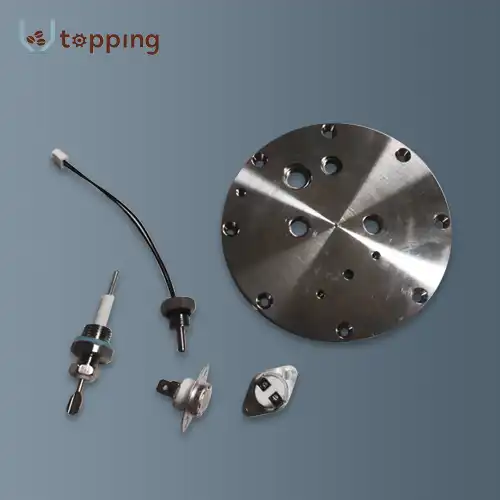
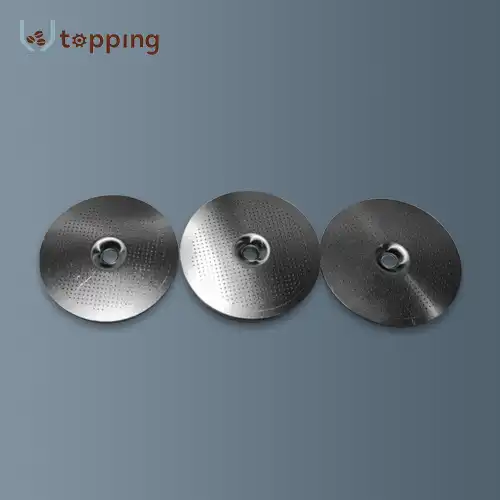
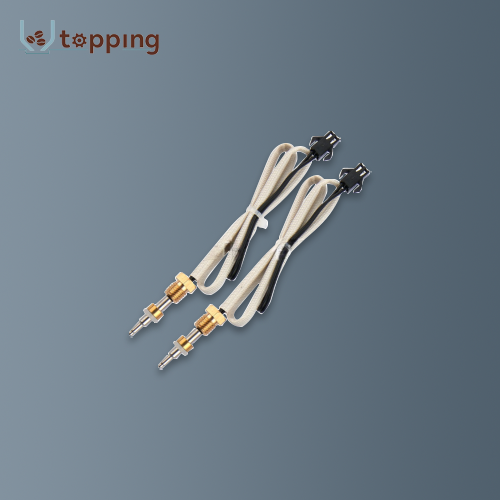
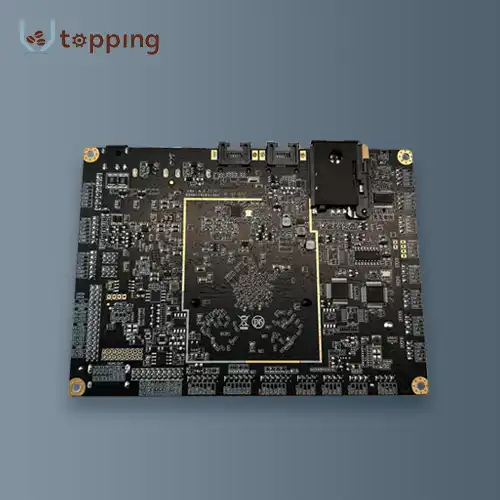
.webp)
